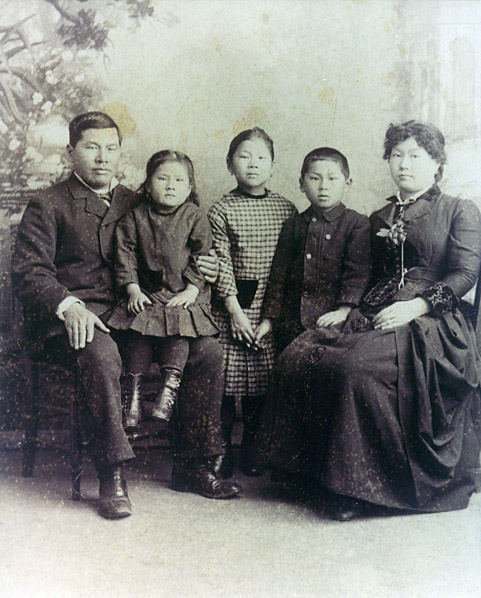One man’s quest for Loving Day, a holiday for multiracial AmericansPosted in Articles, Law, Media Archive, Politics/Public Policy, United States on 2016-06-11 21:38Z by Steven |
One man’s quest for Loving Day, a holiday for multiracial Americans
The Los Angeles Times
2016-06-10
Ken Tanabe founded Loving Day in 2004, and leads celebrations and workshops across the U.S. on being multiracial. (Pearl Shavzin-Dremeaux) |
Forty-nine years ago on June 12, the Supreme Court struck down laws in 16 states that banned mixed-race marriages. The decision in Loving vs. Virginia overturned the conviction of Richard and Mildred Loving, an interracial couple from Caroline County, Va., who had been arrested, jailed and banned from their home state for violating its Racial Integrity Act.
It also ushered in a new era in the American family.
Today, the Pew Research Center counts 22 million multiracial Americans, about 6.9% of the U.S. population. Nearly 10% of married couple households — more than 5 million — are interracial or inter-ethnic, according to the U.S. census.
For 12 years, Ken Tanabe, a Japanese-Belgian freelance graphic designer living in New York, has been working to educate Americans about what he sees as one of the most significant civil rights cases through Loving Day, the unofficial holiday that cities across the country are slowly adapting to celebrate the lives of the fast-growing multiracial population.
Now Tanabe, whose organization has tracked and sponsored many of the dozens of dance and music festivals, film screenings, picnics and forums taking place across the country in June to commemorate Loving vs. Virginia, has launched a campaign to get the holiday recognized by the federal government…
Read the entire article here.

